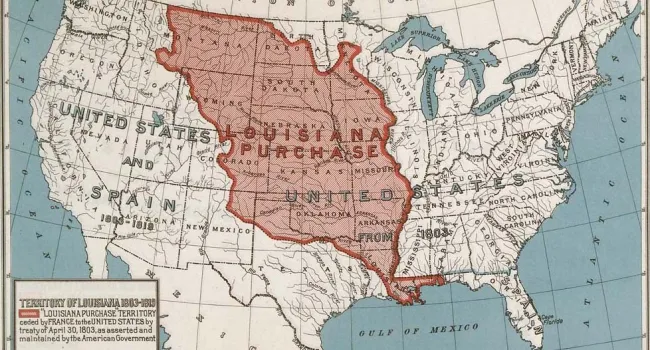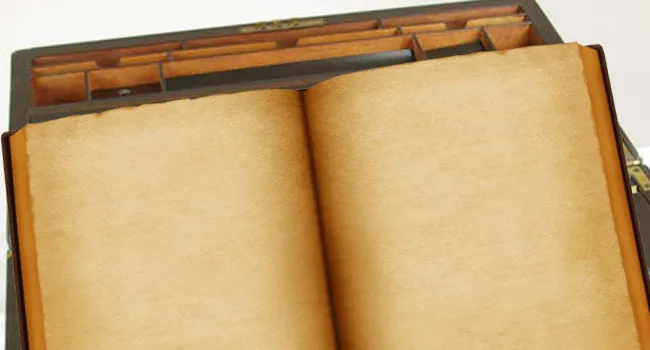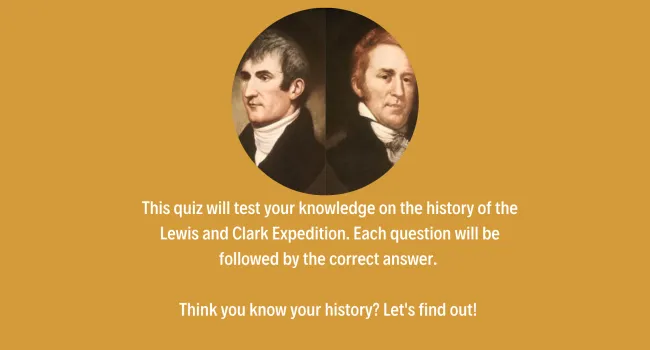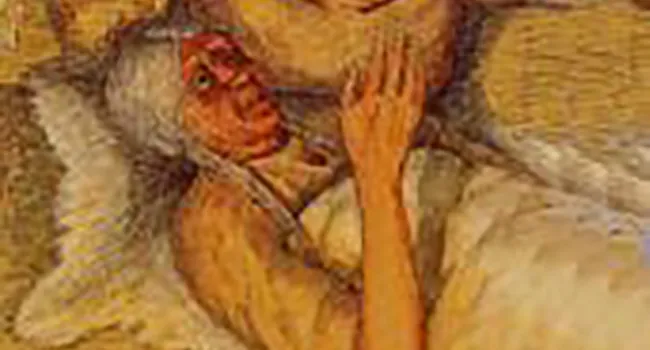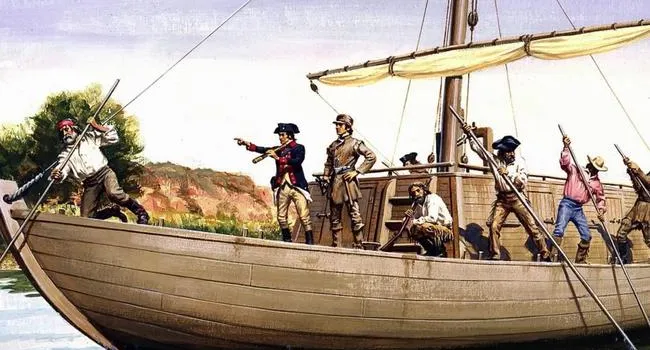This vocabulary list includes important historical figures and terms seen in this edition of History in a Nutshell:
Charles Floyd: One of the U.S. Army sergeants recruited by Lewis and Clark for the "Corps of Discovery". Floyd was the only fatality of the expedition; dying on August 20, 1804 from "Bilious Cholic", or a burst appendix.
Fort Clatsop: Located in present-day Oregon, Fort Clatsop is where the Corps of Discovery spent the winter of 1805-1806.
Fort DuBois: The Corps of Discovery's Expedition to the Pacific Ocean began and ended here. Located just outside of St. Louis, Missouri, Fort DuBois was where the Corps of Discovery trained and prepared for the journey west in the winter of 1803-1804.
Fort Mandan: Located in present-day North Dakota, the Lewis and Clark Expedition spent the winter of 1804-1805 here with the Mandan Native American tribe, a wealthy and prosperous farming community. It was during their stay at Fort Mandan when Meriwether Lewis met Sacagawea and her husband Toussaint Charbonneau.
Louisiana Purchase: Land deal brokered by France to sell the Louisiana Territory to the United States in 1803. For $15 million dollars, the U.S. acquired over 828,000 square miles of land, instantly doubling the size of the country. President Thomas Jefferson recruited Meriwether Lewis to lead a team of men to find out exactly what the U.S. had bought.
Meriwether Lewis: President Thomas Jefferson's personal secretary who was chosen to form a team of men to explore the Louisiana Territory. Lewis and his close friend William Clark were the two co-captains who led the "Corps of Discovery" on the journey to the Pacific Ocean. Before the expedition, Lewis was an experienced frontiersman who had the makings of a promising career as a U.S. Army officer. Under orders from Pres. Thomas Jefferson, Lewis went to Philadelphia, PA to study from the nation's top scientific minds to prepare for the trek west. Lewis died under mysterious circumstances in 1809.
Napoleon Bonaparte: In 1803, Bonaparte was the "First Consul" of France. With war brewing between France and Great Britain, Bonaparte needed money to fight the British. Bonaparte had plans to establish his own empire in North America linking the Louisiana territory to the Caribbean, but after this failed, he sold the Louisiana Territory to President Thomas Jefferson for $15 million.
"Northwest Passage": The Northwest Passage was a massive waterway speculated to have existed somewhere out in the American west. The English, French, and Spanish had searched for this waterway for over 300 years before the Louisiana Purchase. It was believed that this waterway could open a direct trade route between North America and Asia. Locating this fabled waterway was the primary objective of the Lewis and Clark Expedition. The "Corps of Discovery" proved that the Northwest Passage does not exist.
Proclamation Line of 1763: Established after the French and Indian War, this line made it illegal for Anglo-American colonists to settle in territories acquired from the defeated French, out of fears of violating treaties established with Native Americans living in that region. Despite the legality of settling beyond the line, enforcement by the U.S. government was minimal.
Sacagawea: Pronounced "Sah-Ka-Gah-Wee-Ah", Sacagawea was one of the most crucial members of the "Corps of Discovery". Sacagawea was only 16 years old when she met Meriwether Lewis, who was asked to assist Sacagawea with the birth of her son, Jean-Baptiste Charbonneau. Sacagawea helped guide the Corps of Discovery to the Pacific Ocean, and when she was reunited with her tribe (Lemhi Shoshone), she was able to help the Expedition acquire horses for the dreaded crossing of the Bitterroot Mountains. Official reports document Sacagawea dying from typhus in 1812, however other Native American oral histories say she lived for many more years among the Shoshone, instead dying of natural causes in 1884.
Thomas Jefferson: President of the United States during the Lewis and Clark Expedition. Jefferson purchased the Louisiana Territory from France in 1803. Jefferson did not know exactly what the U.S. had purchased, so he tasked his own personal secretary Meriwether Lewis to recruit a group of men to explore the then unknown west.
Watkuweis: The elderly Nimiipuu (Nez Perce) woman who intervened on behalf of the Corps of Discovery. After the westbound crossing of the Bitterroot Mountains, the Expedition encountered the Nimiipuu tribe. The Nimiipuu originally considered killing the expedition, however it was Watkuweis who pleaded that they should be spared, since she was treated kindly by her White captors during her youth.
William Clark: Close friend to Meriwether Lewis. Clark was the other co-captain who led the "Corps of Discovery" to the Pacific Ocean. Before the expedition, Clark was already an experienced frontiersman, and was at one time Lewis' superior ranking officer. While Lewis was in Philadelphia studying science, Clark was tasked with recruiting the men needed for the journey west. Clark lived out the rest of his life in St. Louis, serving as the government's Indian agent in the West.
York: William Clark's enslaved African American who accompanied the "Corps of Discovery" during the journey. During the stay at Fort Mandan, the Mandan tribe was fascinated with York because they had never seen an African American before. After the journey, York was eventually freed by Clark, and became a wealthy freight business owner.

